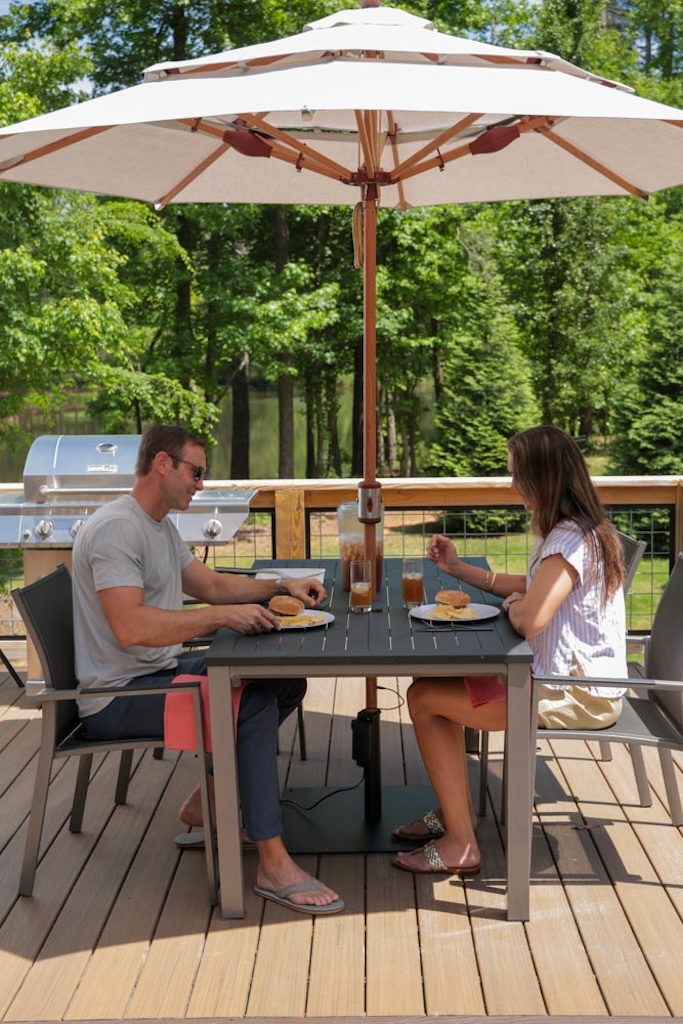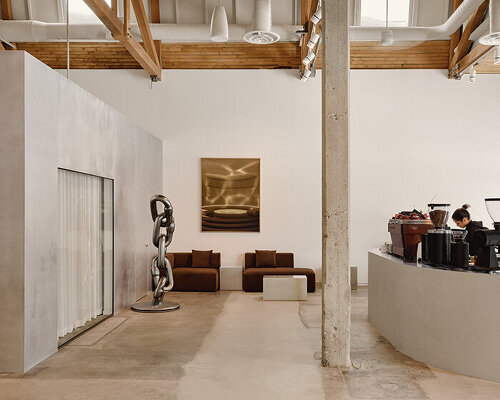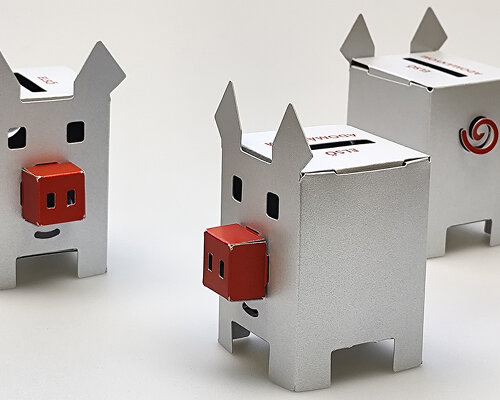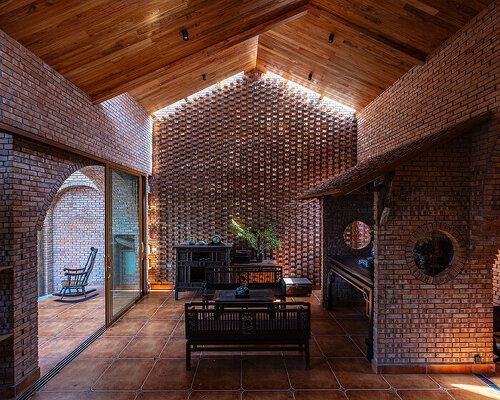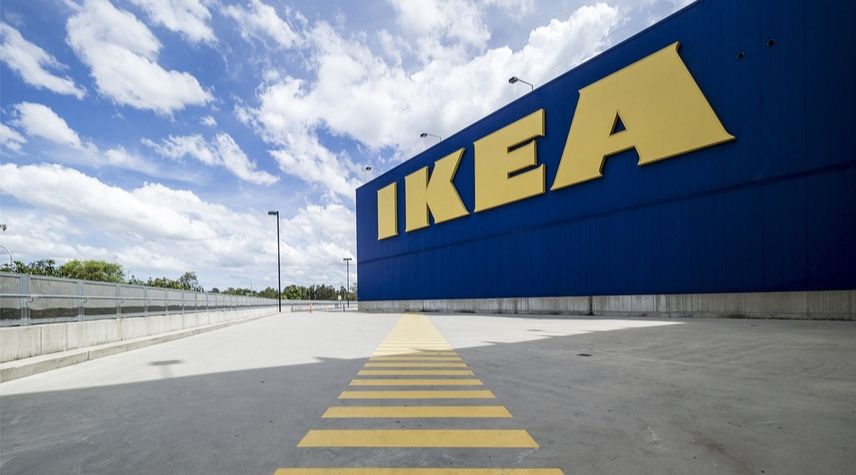Tariff issues tied to Kirkland’s uncertainty about its future

 Nashville, Tenn. — Tariffs and their impact on 317-store home décor and home furnishings retailer Kirkland’s cash flow has the company voicing concerns about its ability to continue in business.
Nashville, Tenn. — Tariffs and their impact on 317-store home décor and home furnishings retailer Kirkland’s cash flow has the company voicing concerns about its ability to continue in business.
In its financial results released last week, the company said while it is taking actions “to mitigate the impact that current tariff policy has on its business … there is substantial doubt about the company’s ability to continue as a going concern for a period of at least 12 months from the date of the issuance of the consolidated financial statements.”
Kirkland’s cited a lack of assurance of improved profitability, despite planned cost-savings initiatives, “due to potential factors, including, but not limited to, uncertainties surrounding tariff policy and the potential impact on the company’s sales and margin, especially related to the company’s imports from China, and the likelihood of challenging macroeconomic conditions that further constrain consumer demand.”
Based on these concerns, Kirkland’s noted it isn’t in compliance with the covenants of its revolving credit facility and its credit agreement with Beyond Inc. The company does expect to receive a waiver of the default from lenders in connection with financing planned to close next week.
Kirkland’s is in talks with Beyond for an additional $5 million to expand its current credit agreement, with those funds earmarked for general working capital, including the conversion of some Kirkland’s Home locations to Bed Bath & Beyond and Overstock stores.
In her remarks during the company’s earnings call, President and CEO Amy Sullivan said the company will open the first Bed Bath & Beyond Home in Nashville this year in a converted Kirkland’s, positioning it as a sister store with an emphasis on bed and bath and less wall décor and lighting offerings.
It also has plans for four Overstock stores. An Overstock close-out store should generate two times the revenue of a conventional Kirkland’s store, said Sullivan.
Kirkland’s is actively working to reduce its exposure to China, she noted, going from 90% to 70% currently, with merchandising teams continuing to move into other countries such as Vietnam, Cambodia and India for similar products. Sullivan said they are also “re-engaging domestic partnerships” with the expectation that there will be some excess inventory in the marketplace.
As a result, she said, assortment within Kirkland’s stores may become more of a “treasure hunt” with a mix of products based on availability. The company is holding some goods out of China, said Sullivan, and while she anticipates some “late or not perfect set dates,” there is still a cushion for receiving Halloween/harvest and Christmas merchandise in time for those seasons.
In its fourth quarter and year-end earnings report, slower e-commerce sales continued to impact the bottom line for Kirkland’s.
Net sales for the 13-week fourth quarter of 2024 were $148.9 million, compared to $165.9 million in the prior year quarter, which was 14 weeks. The decrease was primarily driven by the extra week in the prior year quarter, a decline in store count of approximately 4% and a 7.9% decline in e-commerce sales, partially offset by growth in comparable store sales.

For the fiscal year, net sales fell to $441.4 million compared to $468.7 million in the prior year. The net sales decrease was attributed to a decline in store count — Kirkland’s opened two stores and closed 15 during the year — the extra week in the prior year fiscal calendar and a 12.9% decrease in e-commerce sales.
“Fiscal 2024 was an important year in our transformation journey,” said Sullivan “We continued to make progress towards the revitalization of our Kirkland’s Home brand with our strategic initiatives, re-engaging our core customer, refocusing our product assortment and strengthening our omnichannel capabilities enabling us to deliver positive brick-and-mortar comparable sales growth throughout the year and achieve significant improvement in bottom-line performance.
“In addition, through our partnership with Beyond, we began to open up new avenues for growth allowing us to reimagine the future opportunities for our company and each brand. While the current environment has become increasingly challenging with the uncertainty around tariffs and the potential impact on consumer behavior, we are executing strategies to navigate the tariff impact while maximizing the assets available to us to accelerate a capital light store conversion strategy that leverages our full house of brands to deliver style and value,” said Sullivan.
“We have identified the first of many potential store conversions under the Bed Bath & Beyond Home and Overstock banners that we believe will not only drive stronger brand awareness and customer acquisition but also support our ongoing transformation efforts. We are intently focused on delivering results, returning to profitability and driving value for all of our shareholders.”
Gross profit in Q4 was $45.1 million, or 30.3% of net sales, compared to $53 million, or 32% of net sales in the prior year quarter. The decline is primarily a result of lower merchandise margins from higher promotional activity, and the deleverage of store occupancy costs, partially offset by lower outbound freight costs.
Operating expenses were $36 million, or 24.1% of net sales, compared with $42.4 million, or 25.5% of net sales in the prior year quarter. Operating income was $9.2 million compared with operating income of $10.7 million in the prior year quarter. Adjusted EBITDA in the fourth quarter was $12 million compared to $14.2 million in the prior year quarter. Net income was $7.9 million, or earnings of 51 cents per diluted share, compared with $10.1 million, or earnings of 78 cents per diluted share in the prior year quarter.
Gross profit in 2024 was $122.0 million or 27.6% of net sales, compared with $127 million or 27.1% of net sales, in 2023. The improvement as a percentage of net sales was primarily a result of favorable outbound freight costs, distribution center costs and depreciation, partially offset by the deleverage of store occupancy costs on the lower sales base and lower merchandise margin.
Operating expenses in 2024 were $136 million, or 30.8% of net sales, compared with $151.4 million, or 32.3% of net sales in 2023. Adjusted EBITDA in 2024 was a loss of $2.3 million compared with a loss of $8.4 million in 2023. Net loss in 2024 was $23.1 million, or a loss of $1.77 per diluted share, compared with a net loss of $27.8 million, or a loss of $2.16 per diluted share, in 2023.
As of Feb. 1, inventory was $81.9 million, a 10.5% increase compared with the prior year, mainly due to planning inventory to be higher than the prior year and not selling through inventory in the fourth quarter at anticipated levels.
Kirkland’s had a cash balance of $3.8 million, with $43 million of outstanding debt under its $90 million senior secured revolving credit facility and $17 million in debt to Beyond. As of Feb. 1, the company had about $4.3 million available for borrowing under the revolving credit facility.

